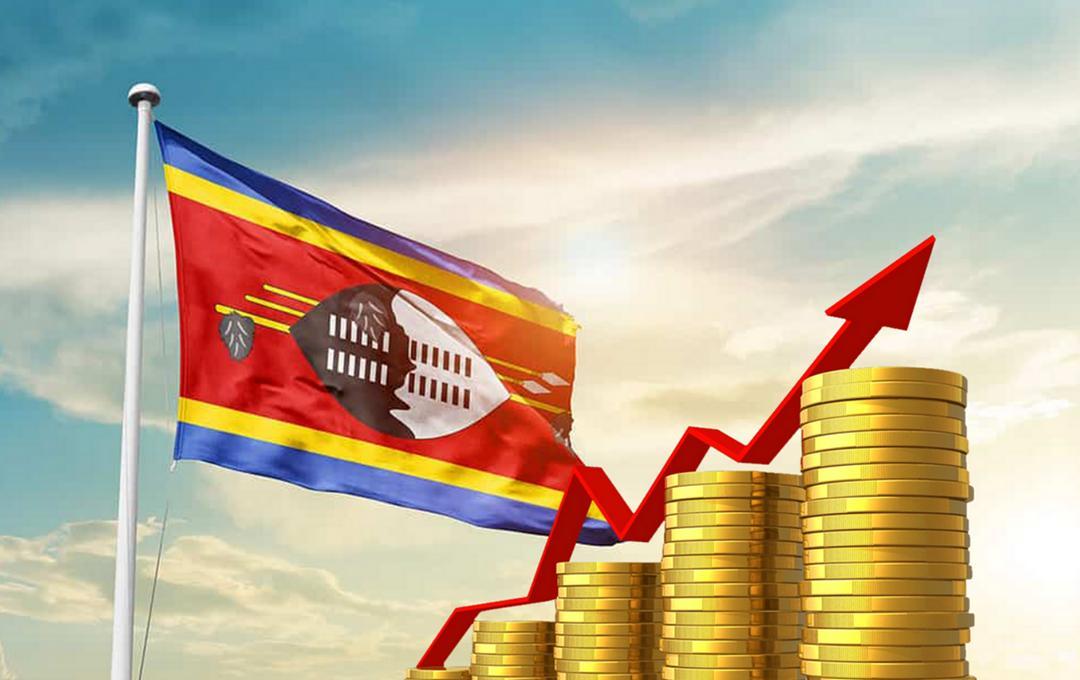Africa-Press – Eswatini. Eswatini’s economic activity, measured by Gross Domestic Product (GDP), grew at a steady pace of seven per cent year-on-year in the fourth quarter of 2023.
This, according to the Central Bank of Eswatini (CBE) recent economic development report for the February and March, is slightly higher than the revised 6.8 per cent growth recorded in the previous quarter.
However, a closer look reveals a mixed bag of performances across different sectors.
The main driver of growth came from the tertiary sector, which includes services like finance, information technology and tourism.
This sector continued with its impressive run, expanding by a significant 11.9 per cent year-on-year. This strong performance contributed 6.2 percentage points to the overall GDP growth.
Within the tertiary sector, financial services emerged as the star performer, recording a remarkable growth of 34.8 per cent compared to the previous quarter.
This surge was driven by strong growth in insurance, pensions and asset management.
The information and communication sector also maintained its impressive trajectory, growing by 32.3 per cent.
While this is slightly lower than the previous quarter’s exceptional 52 per cent growth, it still reflects a strong demand for data services due to the increasing use of digital platforms.
The wholesale and retail sector also continued its positive trend, growing by 3 per cent to reach 9.6 per cent.
This contributed 1.2 percentage points to the overall GDP growth.
Tourism, a vital sector for Eswatini’s economy, maintained its upward trajectory with a year-on-year growth of 22.2 per cent.
This positive trend is attributed to a significant increase in tourist arrivals and improved hotel occupancy rates.
While the tertiary sector thrived, the primary and secondary sectors faced some setbacks.
The primary sector, which includes agriculture and mining contracted by 5.8 per cent year-on-year.
This decline was mainly due to a slowdown in animal production and forestry.
The secondary sector, encompassing manufacturing and construction, also experienced a contraction of 1.5 per cent compared to the previous quarter.
This was primarily caused by a decrease in output from manufacturing subsectors like food processing, textiles, and wood products.
Additionally, the electricity and water supply subsectors witnessed a slight decline after periods of strong growth.
“After recording four consecutive quarters of double-digit growth, the electricity supply subsector contracted slightly recording -0.2 per cent in the quarter under review from a growth of 19.1 per cent in the third quarter of 2023,” said CBE.
Similarly, the water supply subsector declined by 1.6 per cent in the quarter under review compared to a growth of 7.2 per cent in the previous quarter.
However, there was a positive development in the construction subsector.
After experiencing a decline in the previous quarter, it rebounded with a growth of 6.9 per cent. This recovery is attributed to the accelerated implementation of major public infrastructure projects, including the construction of the Mpakeni dam.
For More News And Analysis About Eswatini Follow Africa-Press







